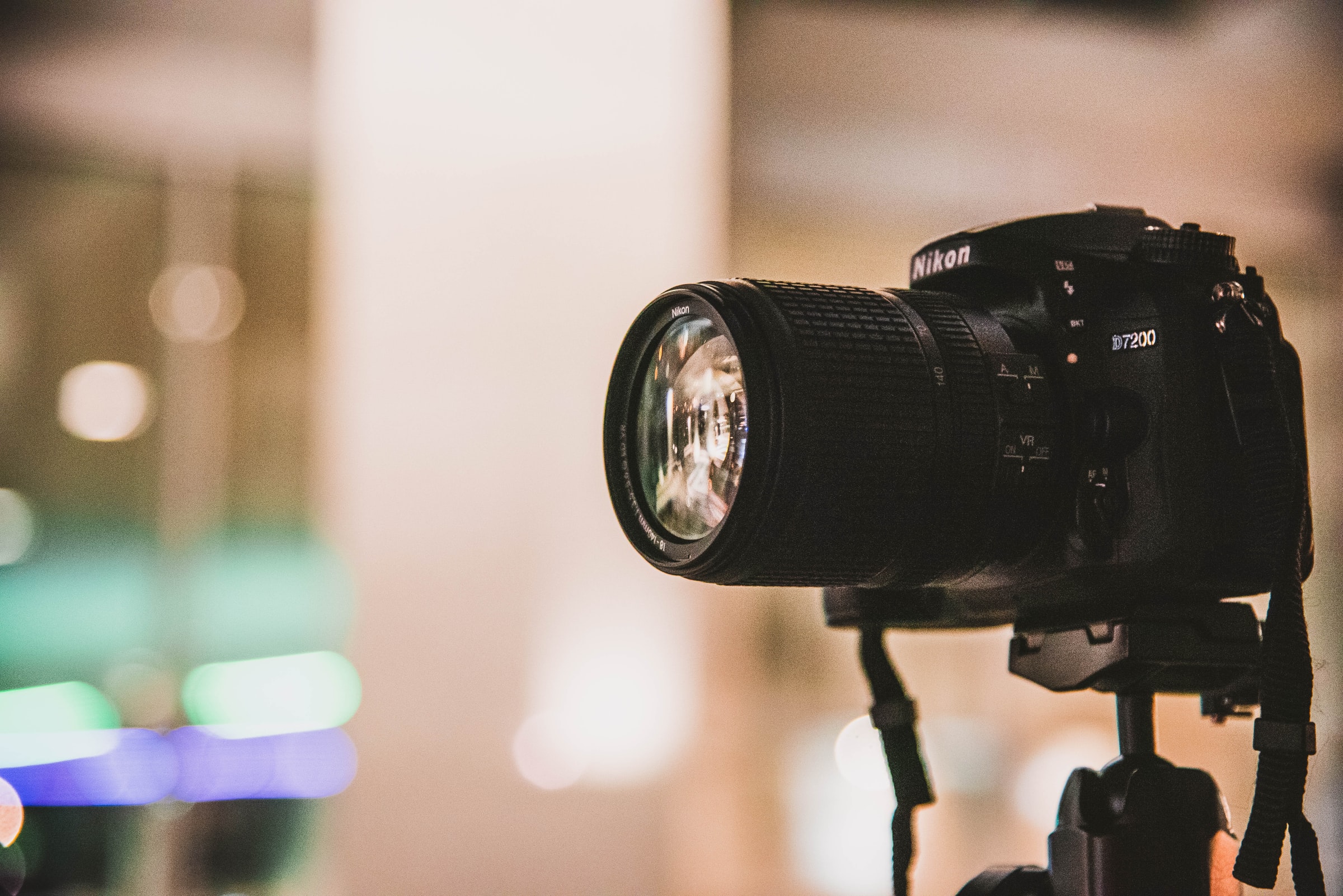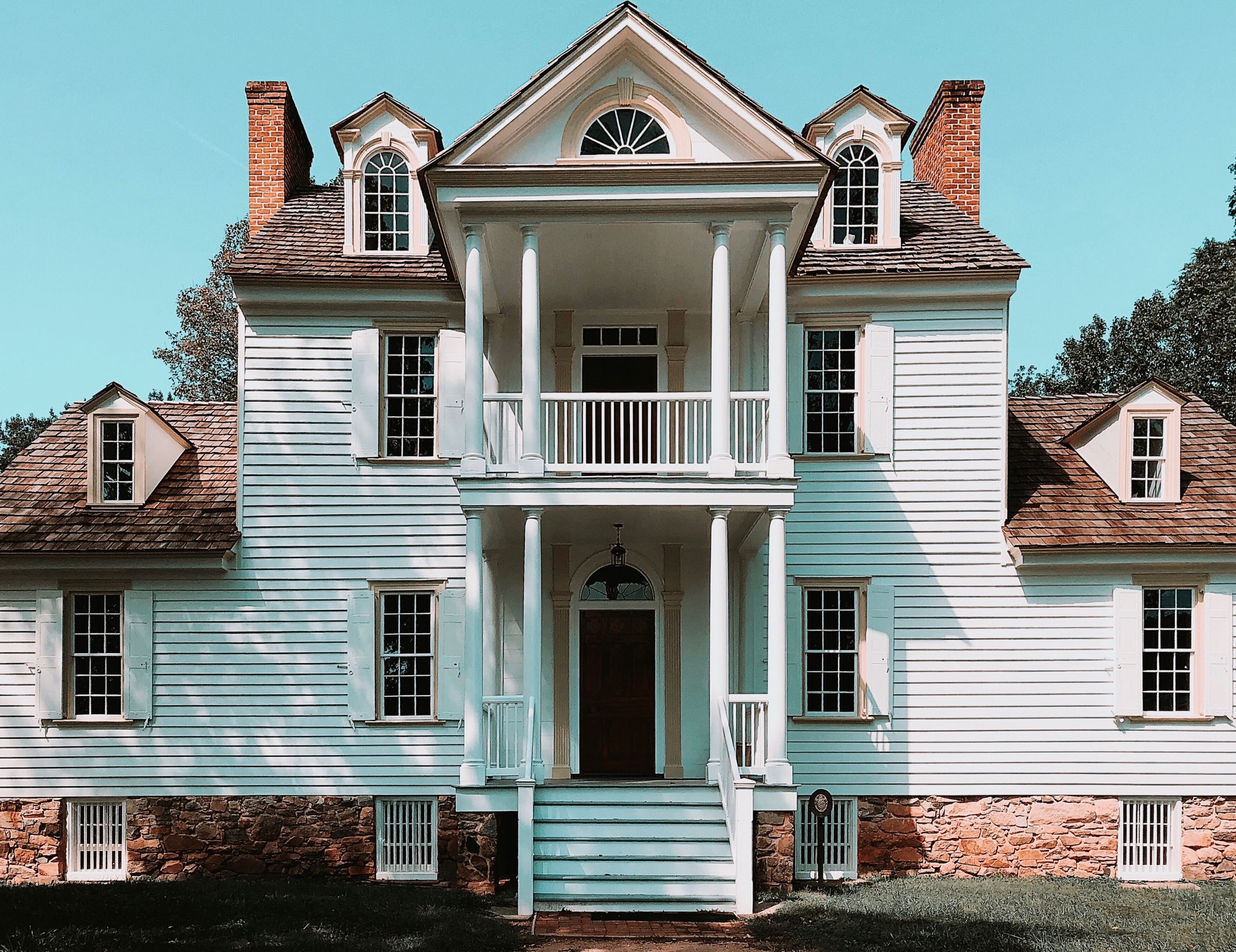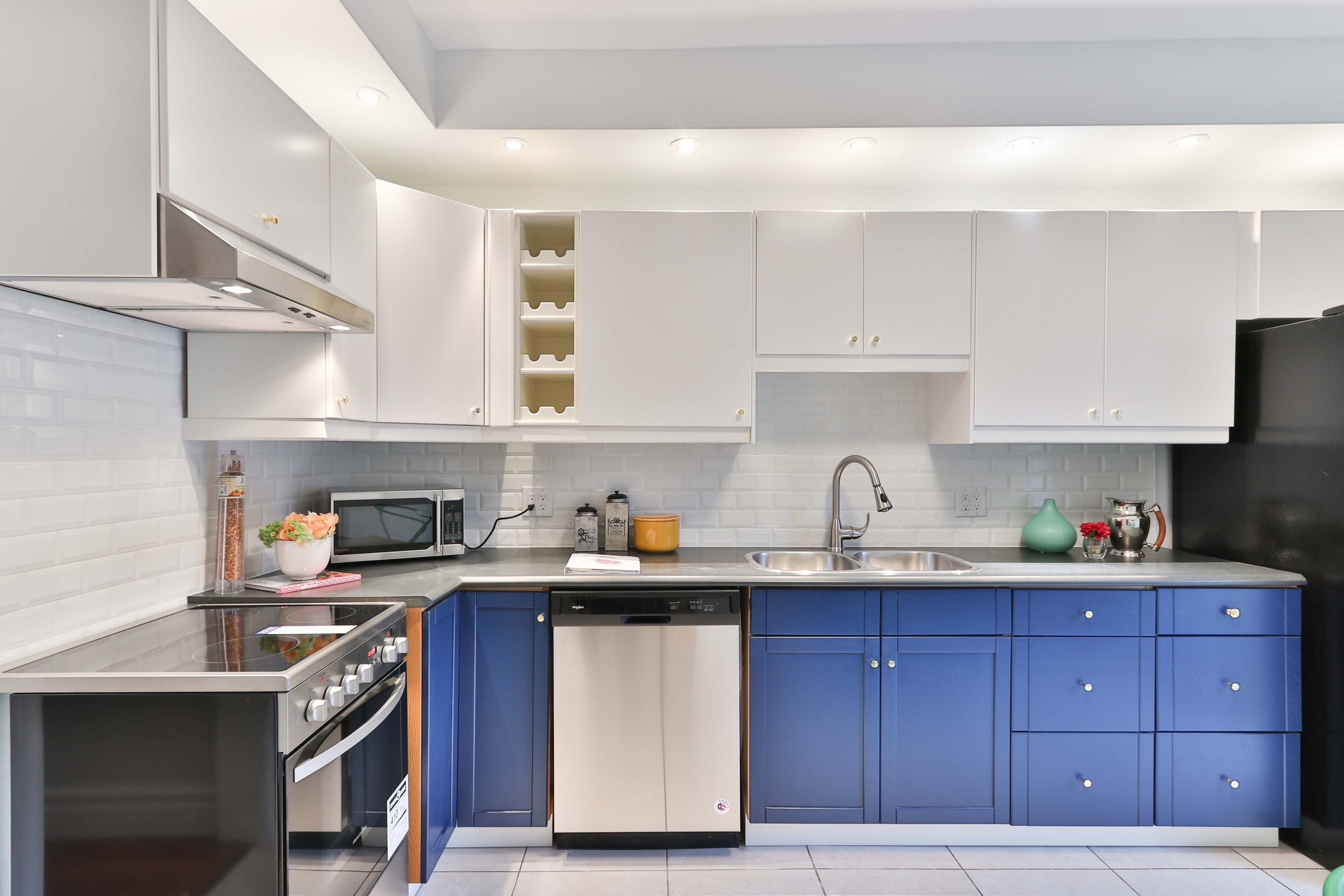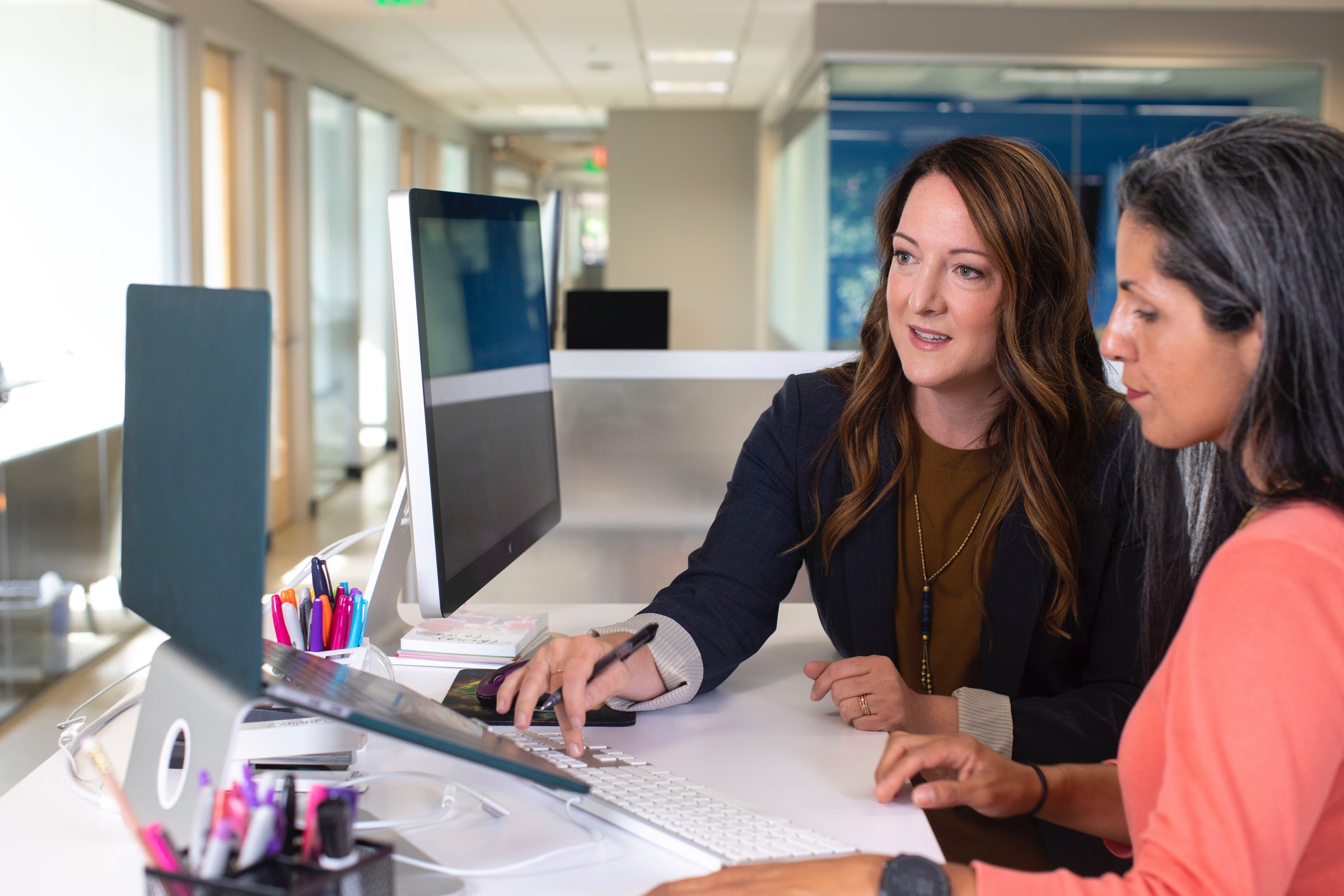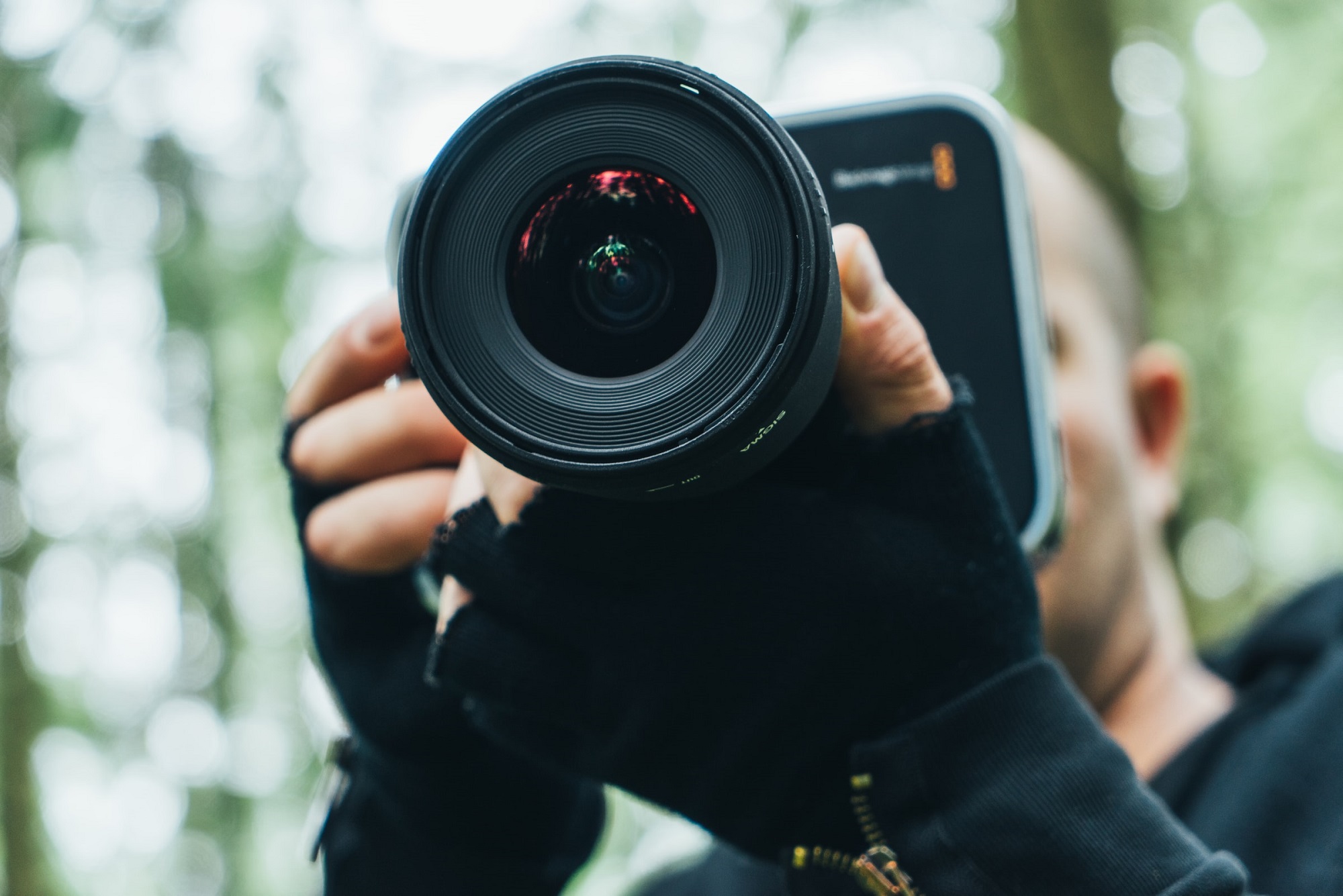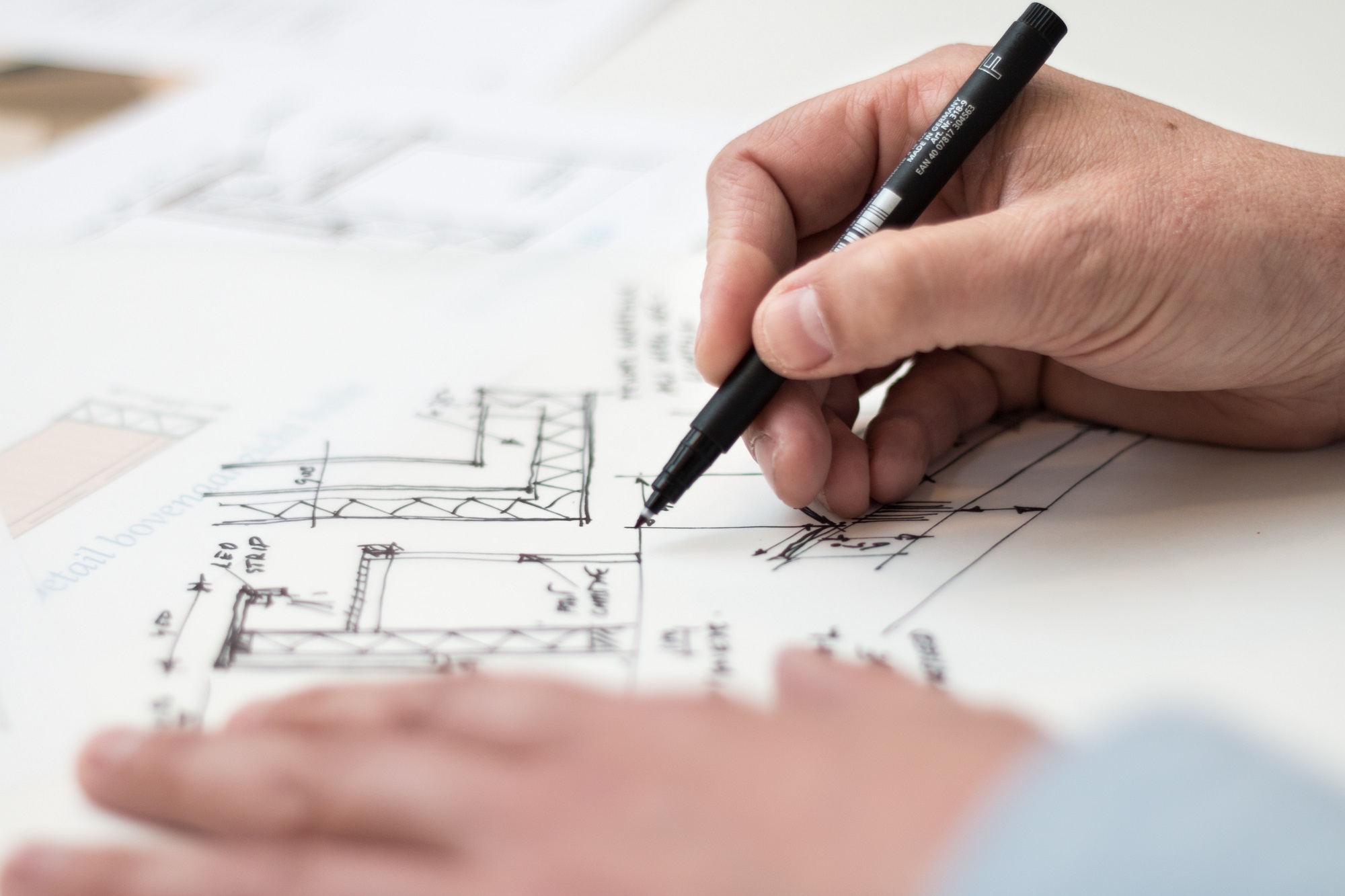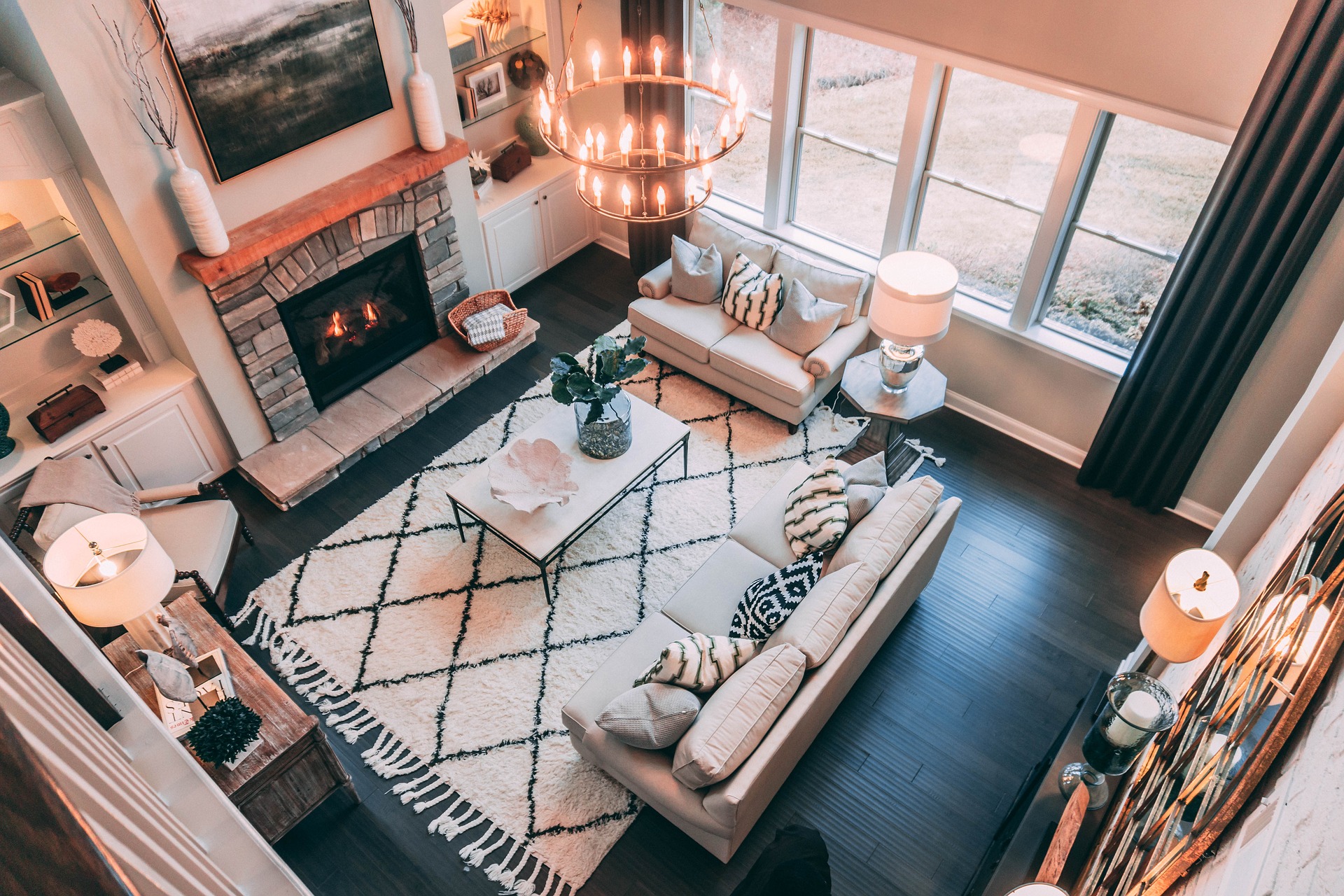Are you planning to sell your property but unsure how to start and what to include? Sure enough, this alone can be challenging. Yet, with a proper understanding of how listing elements work, you can create a powerful one to attract potential buyers.
A real estate listing has many parts that contain specific details about the property, such as the building name, list date, Google street view, photos and videos, virtual reality tours schedule, floor plans, amenities, and restrictions.
Howewer, out of this information, captivating real estate images helps significantly make the listing stand out and be noticed online by buyers seeking a property to purchase.
If you wonder how real estate images become valuable assets of a listing, here are some explanations that can make you understand why.
Invest in real estate photography
A photo speaks a thousand words. This one sounds cliche, but yes, an image has many things to say than what words can do. In today’s internet age, people are not much engaged in reading anymore; instead, they prefer looking at images or illustrations. Hence, it is one reason why you must have a budget for real estate photography. Remember that you can always take photos on your own, but it will be impossible for you to nail the best images to use in the listings unless you are a pro.
Find an efficient real estate photo editor
Having the best photographer is good, but having a professional real estate photo editor is another thing. It is essential to have someone knowledgeable in editing to ensure that all the raw images are processed well during the post-production stage. Otherwise, the images are of no use in your listing.
Observe proper image composition
Another way to ensure that the images become useful assets in a listing is to note image composition at all times. Most of the time, the photographer already knows this, but you can add insights into how you want to see the image inside the frame.
Eliminate distractions
Before starting the photoshoot, make sure you declutter the area. Having unnecessary things everywhere does not give good impressions and does not highlight the home’s features. If you do not have anywhere to put your extra belongings, it is best to rent a temporary storage unit to store them while the home is for sale.
Highlight the home’s best features
If the property for sale has some renovated spaces, feature some of them on the images, and highlight the listing. Ensure that the photographer will take several pictures of these renovated areas so the editor can have options when editing the photos. It will help if you can orient the photographer ahead of time about these areas to proceed with the shoot, even without you on site.
Filter your listing photos
Remember to be selective with your listing images. The rule is simple: when it comes to listing photos, quality trumps quantity. That is why you should use only the best pictures on your listing to make sure that such a listing becomes a useful marketing tool. There is no need to include a hundred photos in a single listing because that is too overwhelming. Just make sure you have the right number of images for the kind of property you are selling.
In the end, ensuring that the listing photos are useful still depends on how it is done pre and post productions, plus the creativity and style added to the raw shots. The proper use of the edited photos should also be observed by the realtor to boost the listing’s visibility online.

